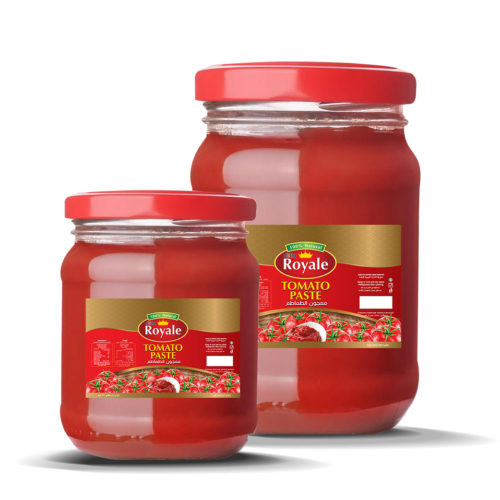Tomato paste consists of tomatoes that have been cooked for several hours and reduced to a thick, red concentrate before being strained. Tomato paste is widely used in Italian dishes. It is used to inexpensively thicken, color, and enrich the flavor of tomato sauces and other semi-liquids such as soups and stews. TP is almost universally commercially produced now, for years paste was made in homes in Italy and other Mediterranean countries. to make TP, the tomatoes are first cooked for several hours to reduce moisture, are strained to remove the seeds and skin, and then are cooked further to reduce them to a thick, rich concentrate.
paste is an essential pantry staple to have on hand for whipping up delicious, deeply flavored meals-it can transform a ho-hum recipe, like a soup or sauce, into something really special. A little bit goes a long way, though, which is why you’ll most often find paste in small 6-ounce cans. With most recipes only calling for a tablespoon or two of tomato paste, even if you buy the tiniest can, you’ll still have so much left over. You can always refrigerate the rest (and hope you remember to use it before it starts growing mold) or freeze it for use down the road (read more on the best way to do this below). Or, better yet, you could make the shift from canned paste to paste in a tube (maybe our favorite option). Here’s what you need to know about tomato paste in general, why you should try buying it in a tube, and what to make once you have it.
The benefit of using tomato paste over other canned tomatoes (like tomato puree, crushed tomatoes or diced tomatoes) or even fresh tomatoes, is that you get the deep tomato flavor without all the extra water, making it great for recipes where you don’t want a ton of liquid, like meatloaf or taco filling. paste can be used to intensify flavor over time in slow-cooked recipes or can quickly add a burst of flavor in quick 30-minute recipes for weeknights. To get the most flavor potential out of your tomato paste, plan to add it early on in the cooking process before adding liquids like water, broth or other canned tomatoes. This way, the tomatoes have the chance to caramelize and develop even further.



